Thunder and Lightning
A Conversation with Images and Sounds
Paula Montesios und Eduardo Molinari speak about their artistic practices and how they are related to archives. Together they reflect about counter-archiving, para-archiving and un-archiving and how this includes experiences with and appearances of sensorial encounters with the past.
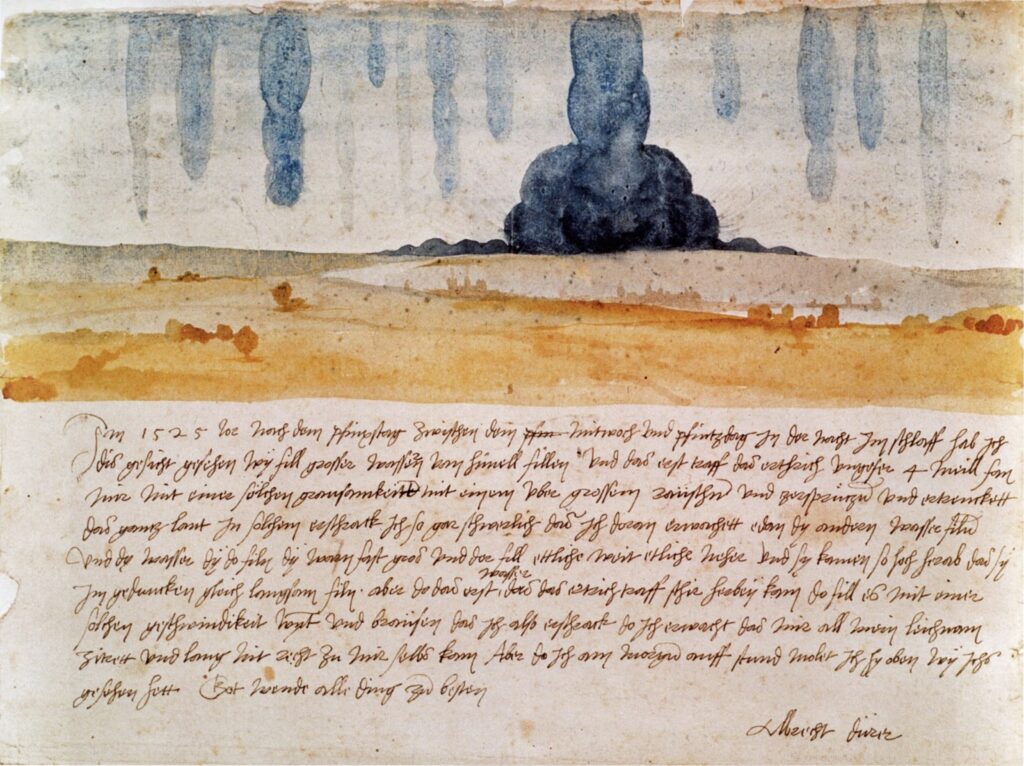
Revolvə by Paula Montecinos Oliva
Revolvə is a multichannel sonic performance that combines analog and digital sound technologies, assembling, sampling and repurposing sonic archives of the social uprising in Chile since 18th October, 2019.
Through a process of overdubbing live and preproduce layers of sound, Revolvə bring to the foreground the subversive potency of sound and movement, inviting the audience to be immersed and led by sound and movement as primordial forces of transformation and reorganization.
Activated by the questions: how to bend His/tory?: spiral perspectives of political spacetime, the performance posits collective voices, sounds and movement as principal tools to activate sense of listening to political claims, and the cycles inside of cycles and rhythms inside of rhythms of colonial violence and emancipatory movements.
The piece’s composition follows the Andean concept of Pashakuti in its compositional elements, Pasha = time-space; kuti = turn, turn, revolution, the piece intent to relocate time and bodies, into divergent and complementary meanings, of catastrophe or that of renewal.
The invitation to the audience is to be moved by sound, engaging with the affects of listening and noisy sonic narratives.
The piece has been commissioned to be part of the opening of The Whole Life Congress. Archives and Imaginaries, at Haus der Kultur der Welt, Berlin and curated by Megan Hoetger and If I can’t dance I don’t want to be part of your revolution, Amsterdam.
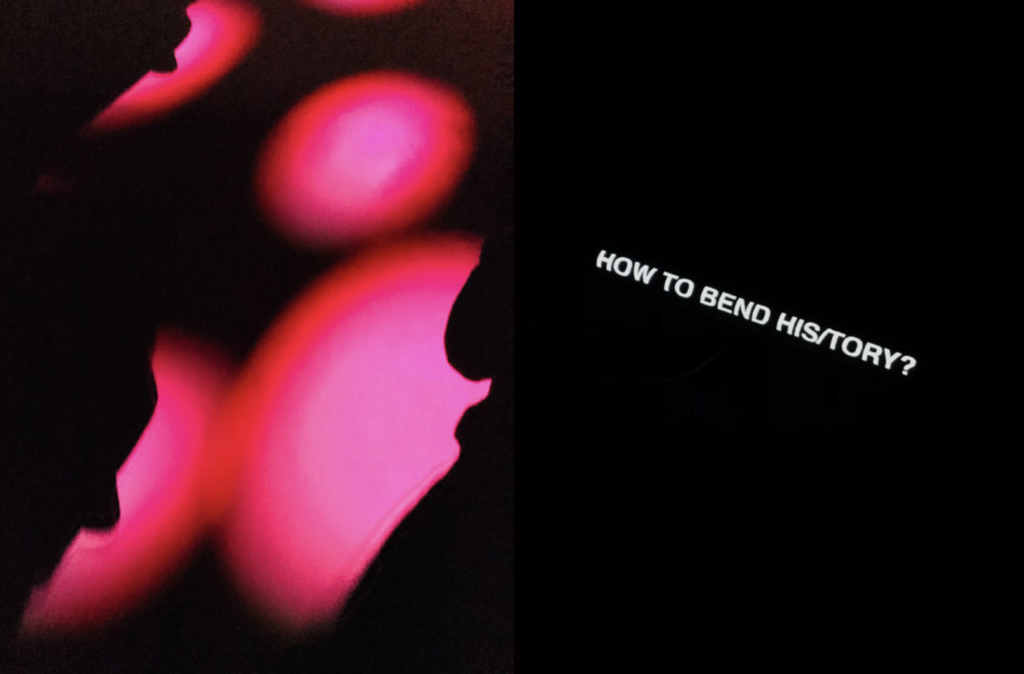
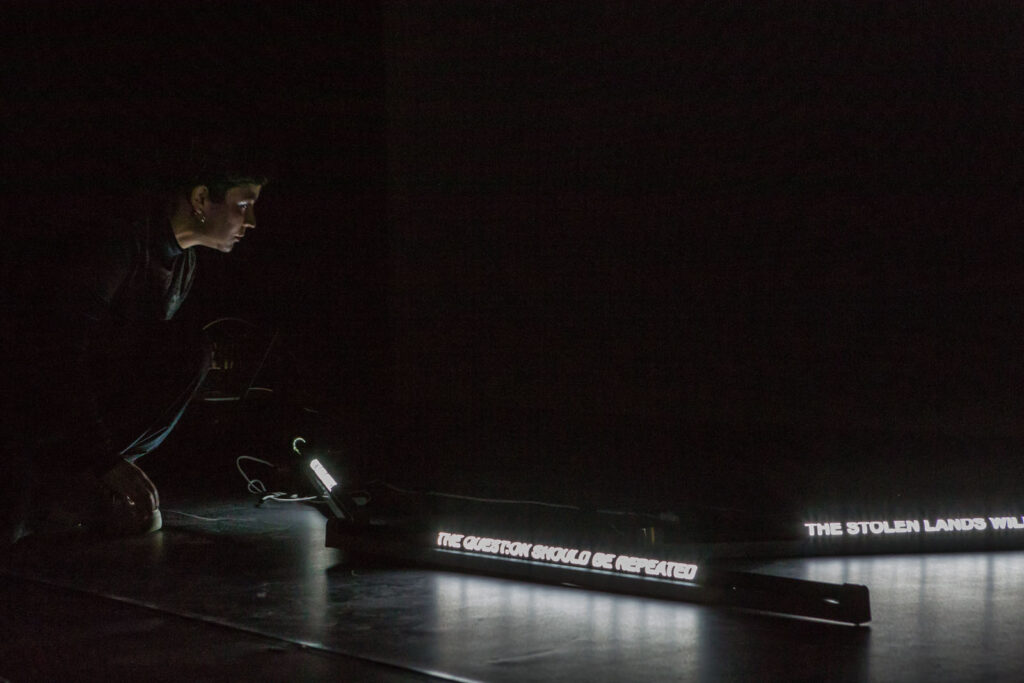
The Nightmare by Eduardo Molinari
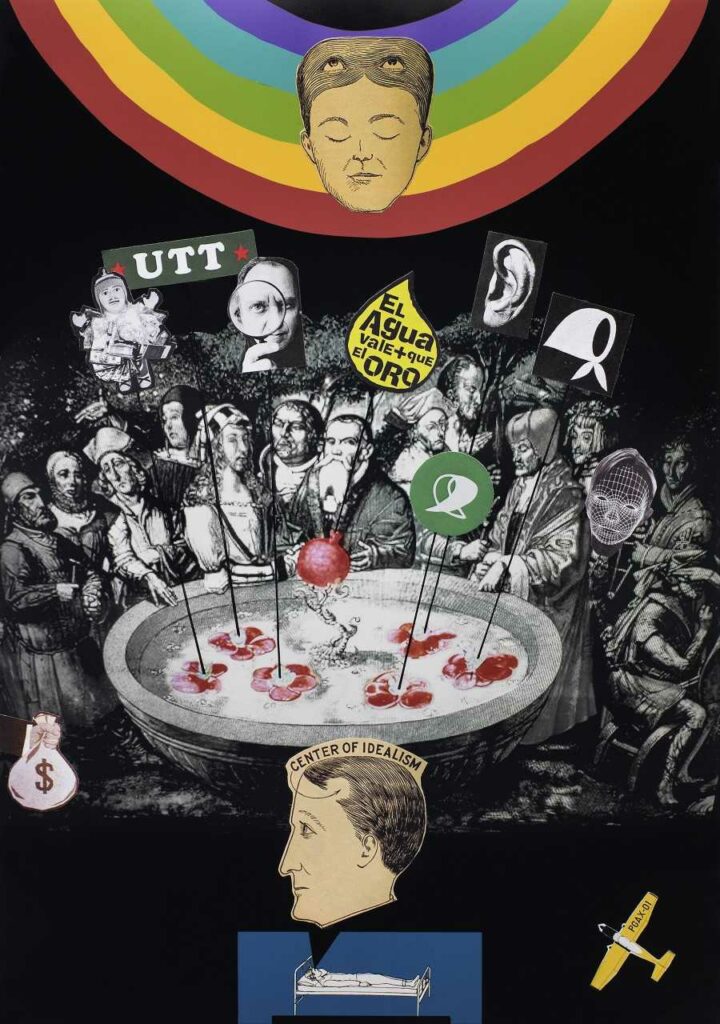
Main Image
Detail of “Early Bourgeois Revolution in Germany” by Werner Tübke, monumental painting, 1976-1987; Panorama Museum, Bad Frankenhausen, Kyffhäuser, Thuringia, Germany. The museum was opened on 14 September 1989, so close to GDR collapse.
Images (from left to right)
Ekeko
The Ekeko is a symbol of abundance, fertility and joy. It´s also a characteristic cultural manifestation in the western Andean regions of Bolivia, southern Peru, northern Chile and Argentina
UTT (Unión de Trabajadores de la Tierra)
The Unión de Trabajadores y Trabajadoras de la Tierra (UTT) today organizes more than 22.000 food producing families, organized by grassroots groups in 18 provinces of the country, who are engaged in fruit and vegetable production, animal husbandry, dairy and small agribusiness.
Dr. Andrés Carrasco (1946-2014)
Argentine physician specialized in molecular biology and developmental biology. He was president of CONICET (National Council of Scientific and Technical Research) and head of the Embryology Laboratory at the University of Buenos Aires (UBA). He was the first scientist to publicly denounce the harmful effects of glyphosate on vertebrate embryos and on human health.
El agua vale más que el oro (Water is worth more than gold)
Along with “El Famatina no se toca” (Famatina is not to be touched), slogans used since 2006 in the struggle of the people of Famatina, province of La Rioja, Argentina against the establishment of the mega-mining project of the Canadian company Barrick Gold.
Feminist Symbol
Part of the National Campaign for the Right to Legal, Safe and Free Abortion, initiated in 2005. This version establishes a visual link with the white handkerchief of the Mothers of Plaza de Mayo.
Ear
Detail of the cover of the album “Billy Bond y la Pesada del Rock and Roll”, Volume 2. Edited by Music Hall, Buenos Aires, 1972.
Mothers of Plaza de Mayo´s symbol
Since 1977, marches around the May Pyramid, symbol of freedom, began. To recognize each other, the Mothers began to wear a white headscarf made at first with cloth from the diapers used for babies, thus representing their children.
Facial recognition diagram
Images (top to bottom)
“Vaught´s Practical Character Reader”, by L.A. Vaught, 1902; L.A.Vaught, Chicago.
Top: Center of Idealism. Page 96
Bottom: What we see ghosts with. Our Spiritual Eyes. Page 158.
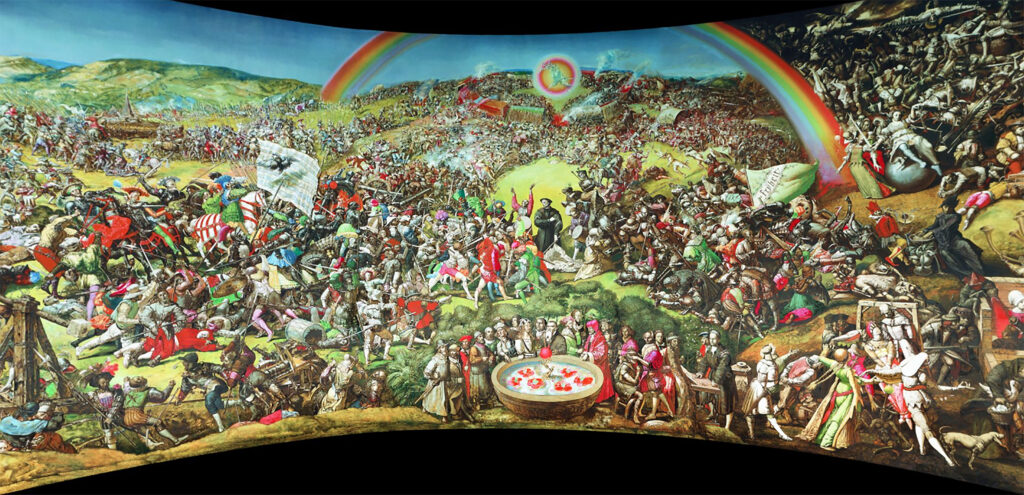
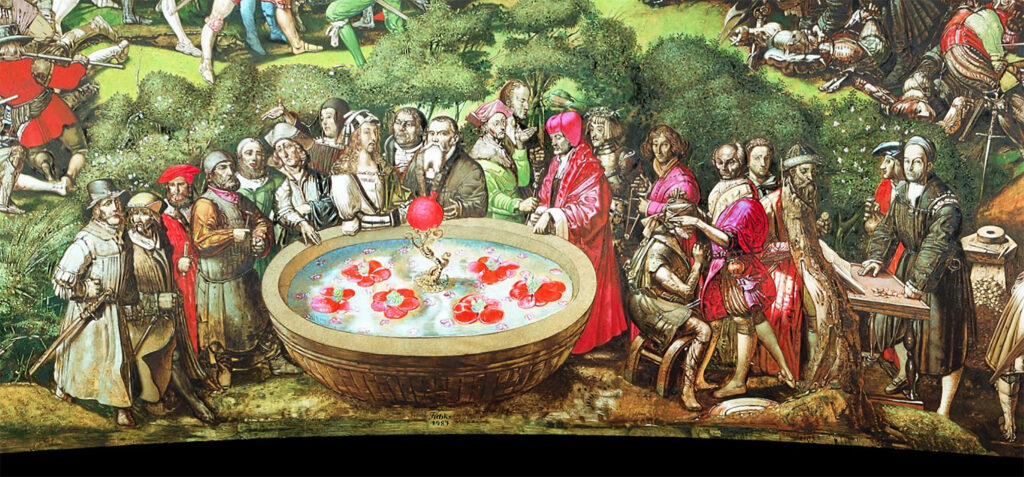
Connected Material
An aural and visual essay that overlays several journeys, a sensory one that attempts to evoke a perceived time, place or geography through the mapping of territories, and a narrative one materialized as a speculative epistolary correspondence between the present and the future that continuously summons the past.
Three videos are used in real time composition to explore the combination of the moving images – the edited sequence creates a non-existing-place.
The video explores the encounter (digital and analogue) between the body and the archive.
The audio map “biography of kecak” is an attempt to decrease this discrepancy between the singularity of archival knowledge and the multiplicity of individual realiities – using the sonic as its material.
These images were taken in the frame of The Whole Life Academy. Laura Fiorio accompanied the project as a photographer from the beginning in 2019 and developed her own approach of documenting archival sites and methods.
The Perverted Archival Image workshop centered on and tentacled off from Studio Baalbeck. The workshop participants created an audio montage of recordings to accompany some of the visual archive material.
This collective chain uses multiple entry points to reflect on the encounter of archival practices, objects and material with non-linear timelines.
Beyond the objects in any given archive is a myriad of people, encounters and exchanges. The desire to locate the human element beneath archives is challenged by new technology. As part of ‘Life Stories and Archives’, we began a virtual ‘common archive’. Our collaborative thread addresses pertinent questions arising from shared interests in how individual’s origins, biases, networks and political struggles fuel the need to collect.
Delving into the notion of the desktop as an archival site and methodology, this contribution presents two divergent outputs resulting from collaboration between the participants and co-conveners of the Academy workshop “Desktop Shortcuts”: an in-development simplified database of hyperlinks, and a poetic game of disorder.
Imagine these fragments are a response to a not-yet-written manifesto for a hedonistic archive. Then imagine they are a response to a manifesto which cannot be written at all and should not be either.